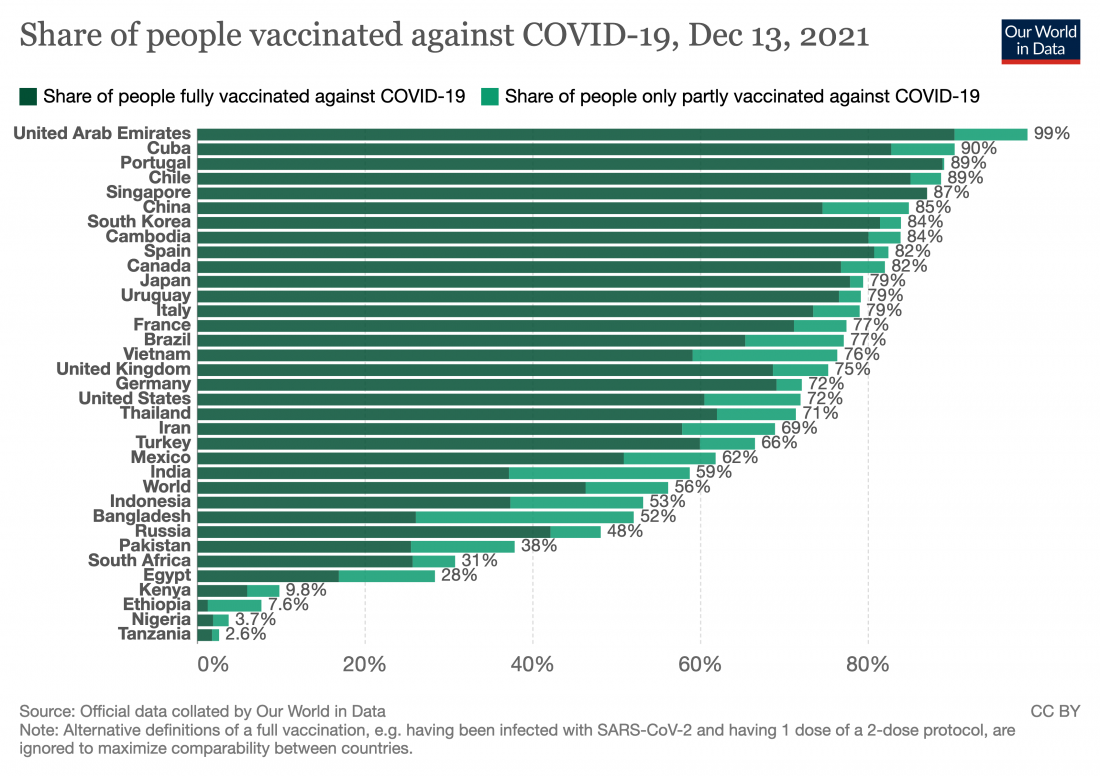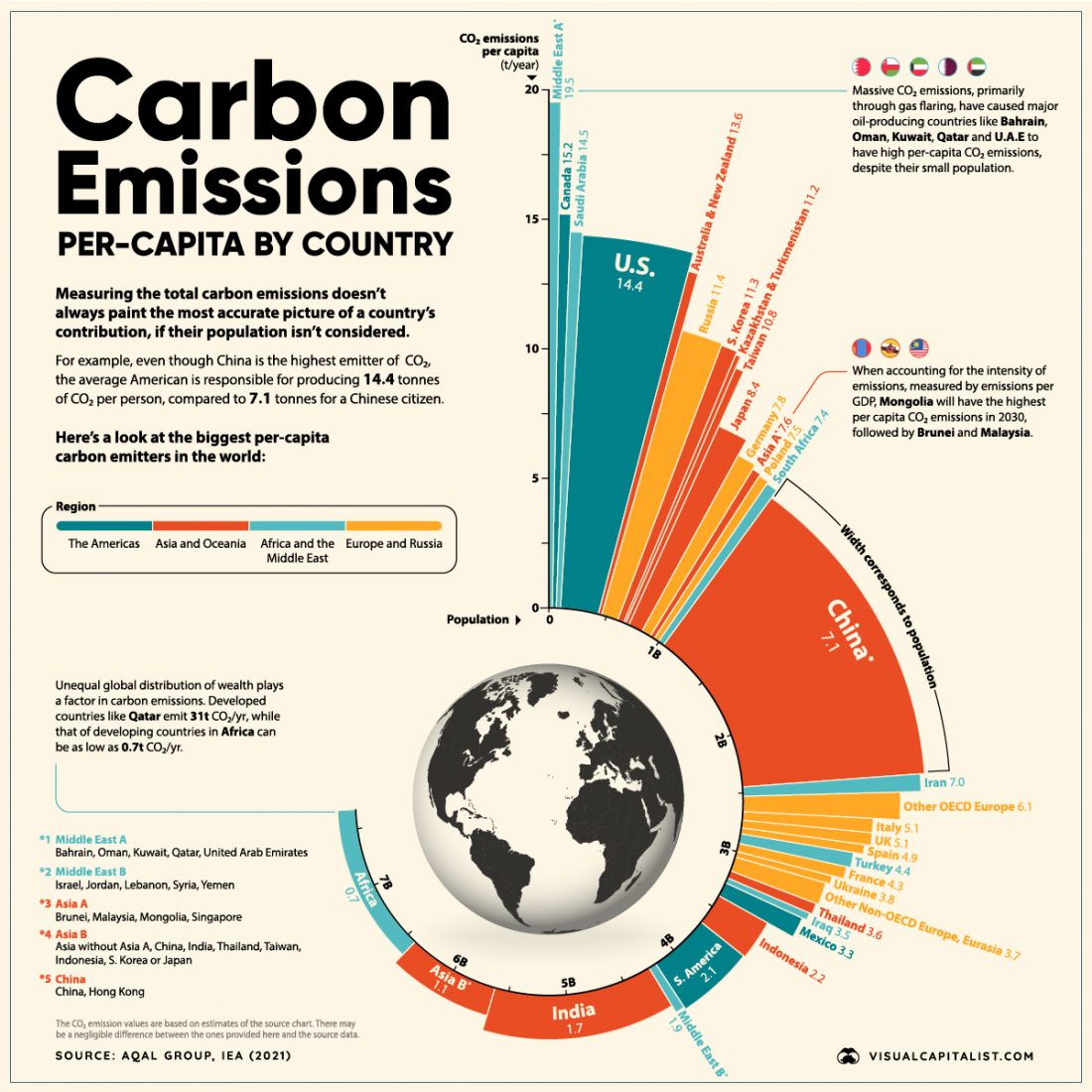Fall classes are over for the semester at my school (final exams are still coming, though, so it’s not over for the students). Christmas and New Year are around the corner and now’s the time to think and make wishes. COVID-19 is not yet over so, at least for me, travel is highly restricted. We are still in the middle of a unique double global transition that requires all of us to act in ways that we are not used to.
I’ve been thinking a lot about the issue of “Them” vs. “Me” vs. “We”; it’s a theme that I have covered through this blog’s nine-year run. For example:
Inequity: The Intersection of Coronavirus, Poverty & other Expected Trends
Collective Irrationality and Individual Biases: Climate Change II
Me vs. Them vs. We – Nationalism/Populism vs. Globalism
Teaching Moment 2: How Do we Vote?
It’s a sort of cumbersome concept and I asked my wife, a professor of psychology, to suggest a more compact expression. She suggested, “all of us.” I thought about it and responded that it is compact enough but it misses the dynamics of the interactions between the three components. So, she added, “all of us, uniquely.” I am still trying to figure out how I feel about that, so in the meantime, I will stick with what I had and proceed with the specifics on all the scales that I have in mind. After that, I’ll wait for your input. In this and the coming blogs, I will refer to Me, We, and Them as the “three components.”
This blog will focus on the interactions between the three components in both the energy transition and the COVID-19 pandemic. Future blogs will focus on the same two disasters, only in consecutively smaller scales of interactions within: my country, my school, and me.
Figure 1 demonstrates recent data on the global distribution of the vaccination, while Figure 2 does the same with the global distribution of carbon emissions.

Figure 1 – COVID-19 Vaccinations
The omicron variant of COVID-19 was discovered in Botswana and South Africa. Figure 1 shows that the partially vaccinated rate in each of these countries is about 30%. The NYT wrote about the correlation between low vaccination rate and the evolution of new viruses that can easily spread globally:
Most wealthy countries have vaccinated significant shares of their populations and have rapidly moved into the booster-dose phase. But one year into the global vaccine rollout, the gap between vaccination rates in high- and low-income countries is wider than ever.
Poorly vaccinated countries face several challenges. Early in the rollout process, some countries were not able to secure enough doses to inoculate their residents, and many still face shortages. In others, supply is only part of the story. A New York Times analysis of available data highlights the countries where infrastructure issues and the public’s level of willingness to get vaccinated may pose larger obstacles than supply.
Some countries that have below-average vaccination rates are using most of the vaccine doses they have on hand, and some are not. Most countries with high vaccination rates have used most of the doses delivered to them; they are clustered to the right side of the chart above.
As new viruses, such as omicron, start evolving and spreading globally, the rich countries feel compelled to recommend booster shots, which only enhances the shortages in the poor countries:
As the emergence of the omicron variant of the coronavirus has spurred governments of wealthy nations to step up booster-shot campaigns, the World Health Organization again expressed concern Thursday that the push could further undermine global vaccine equity.
“Broad-based administration of booster doses risks exacerbating inequities in vaccine access,” Alejandro Cravioto, chair of the WHO’s Strategic Advisory Group of Experts on Immunization, told reporters.
The administration of boosters is now outpacing first shots around the world.
On issues such as the pandemic and as we will see, climate change, slogans such as MAGA (Make America Great Again) are unhelpful—we’re all in this together, meaning that in such matters we don’t actually have an Us or Them—almost any disaster tends to spread globally.
Climate change doesn’t spread through viruses, but the impact is global, and while the rich countries have the resources to help poor countries to adapt (to a point), they mostly don’t seem to be doing so. The problem is that when people cannot make a living, they will try to move to places where they have a higher probability of adaptation and acceptance. The result is a major global instability with security threats to everybody. I have covered this issue in past blogs as well (See January 28, 2020).
Figure 2 comes from my favorite infographics site, VisualCapitalist, and illustrates global carbon dioxide emissions per capita.

Figure 2 – Visualizing Global Per Capita CO2 Emissions
The Guardian reminds us below that rich countries have contributed more than 50% of the carbon emissions, even though them make up less than 10% of the population.
“The richest 10% produce about half of greenhouse gas emissions. They should pay to fix the climate”
There is a fundamental problem in contemporary discussion of climate policy: it rarely acknowledges inequality. Poorer households, which are low CO2 emitters, rightly anticipate that climate policies will limit their purchasing power. In return, policymakers fear a political backlash should they demand faster climate action. The problem with this vicious circle is that it has lost us a lot of time. The good news is that we can end it.
Let’s first look at the facts: 10% of the world’s population are responsible for about half of all greenhouse gas emissions, while the bottom half of the world contributes just 12% of all emissions. This is not simply a rich versus poor countries divide: there are huge emitters in poor countries, and low emitters in rich countries.
For the full record, see Our World in Data.
This fact had a strong impact on the recent COP26 meeting in the unanimous final resolution in the COP26 meeting (see the November 23rd blog). The relevant entries are below:
- Finance, technology transfer and capacity-building for mitigation and adaptation
- Urges developed country Parties to provide enhanced support, including through financial resources, technology transfer and capacity-building, to assist developing country Parties with respect to both mitigation and adaptation, in continuation of their existing obligations under the Convention, and encourages other Parties to provide or continue to provide such support voluntarily;
- Urges developed country Parties to fully deliver on the USD 100 billion goal urgently and through to 2025, and emphasizes the importance of transparency in the implementation of their pledges; 28. Urges the operating entities of the Financial Mechanism, multilateral development banks and other financial institutions to further scale up investments in climate action, and calls for a continued increase in the scale and effectiveness of climate finance from all sources globally, including grants and other highly concessional forms of finance;
- Loss and damage
- Resolves to strengthen partnerships between developing and developed countries, funds, technical agencies, civil society, and communities to enhance understanding of how approaches to averting, minimizing and addressing loss and damage can be improved.
One of my earlier posts that I mentioned in the beginning of this blog uses a Venn diagram with circles that represent climate change, COVID-19, population, and jobs, with a central circuit that overlaps with the previous four that represents equity. The meaning of equity is broad. It can mean purposeful redistribution of resources so that everyone experiences equal gain and/or equal suffering but it can also be less purposeful: the winners may become more vulnerable as they are eventually affected by losers’ losses (e.g. refugees from poor countries fleeing to rich ones). Both aspects are important. Thus, equity is a central managing tool for society to flourish and try to make everybody better. Everyone should be involved. As I mentioned before, this is the end of the semester in my school. In the next few weeks, I am supposed to have more time. Knowing that, my French family recommended that I read Thomas Piketty’s new book, Time for Socialism. I bought it and when I scanned it, it became obvious to me that Piketty doesn’t use “socialism” the way either my extreme left French cousin or Senator Sanders and his followers do. It seems much more in the same vein as European Social Democrats or American Democratic party. I’ll let you know how it is.

The proposed saying of “All of us, uniquely” stood out to me; when dealing with climate change it is not something a single individual can face. This was more apparent to me when I worked on the website project for your class, how even institutions like universities need a team of people (like energy experts, plural) to better their environmental footprint. On a broader scale, you did acknowledge that “The richest 10% produce about half of greenhouse gas emissions. They should pay to fix the climate” which clearly spreads the ideology of “them vs. us”, from my perspective the bigger companies have a bigger responsibility of tackling climate change but we as consumers have a responsibility of holding them accountable- what is a business without their consumers? Ultimately, all of us- uniquely- need to take action towards climate change. I’m interested in seeing how you’ll connect the Time for Socialism novel to this topic.